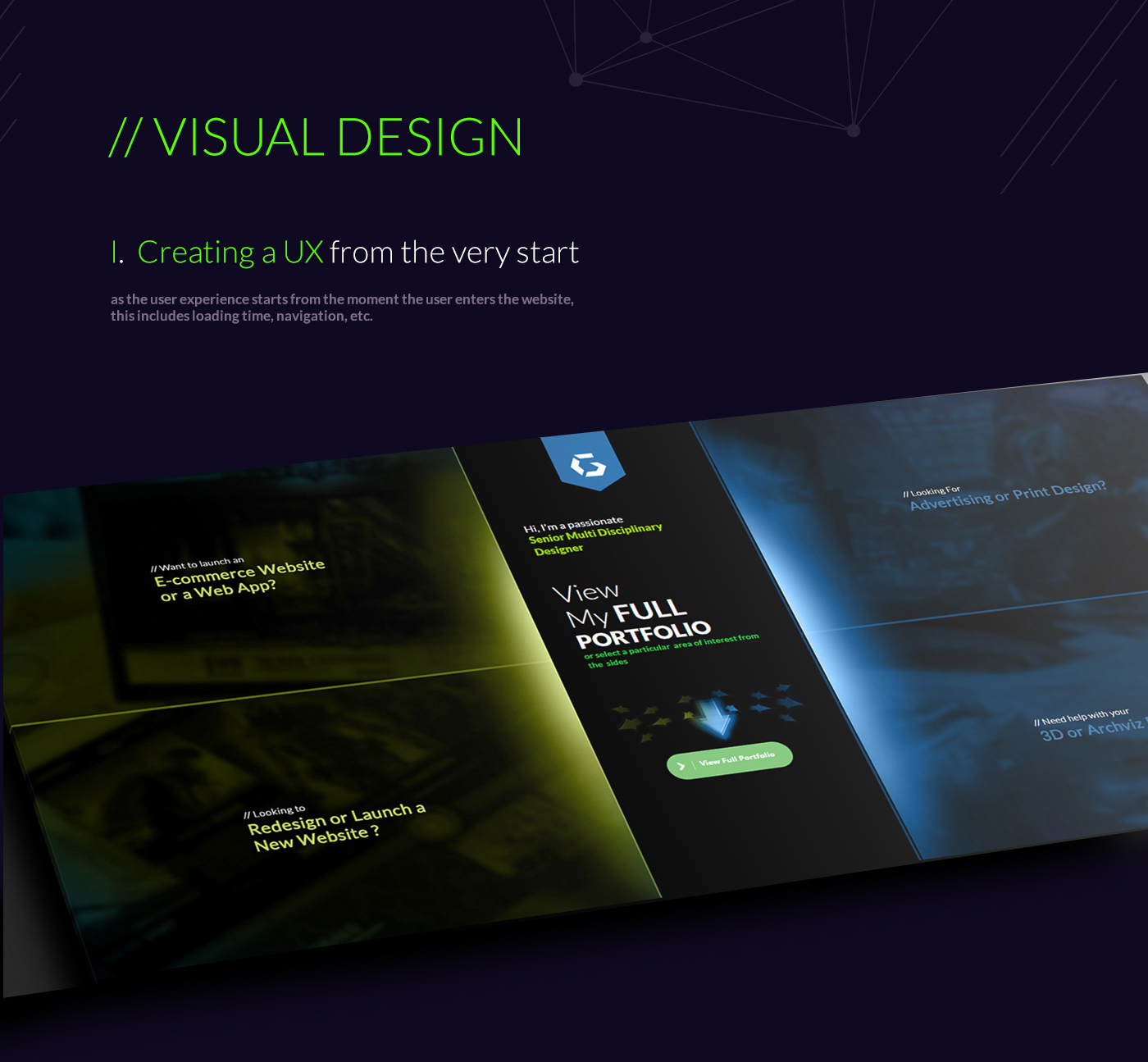Table Of Content

Whether it’s to revisit existing products so they can add the best improvements or to start from scratch in the problem and solution space, teams rely on their design process to structure the way forward. UI designers ensure the interface is intuitive, easy to navigate, and aesthetically pleasing. Essential tasks include creating wireframes, mockups, prototypes and conducting user research. You'll conduct user research through interviews, usability tests, and card sorting (among other methods) to discover user behavior, needs, and pain points (the users’ problems). To develop products, you’ll conduct competitor analyses and craft product strategies. UX designers aim to create products with relevant, meaningful, usable, and pleasurable experiences.
Best UX/UI Bootcamps for 2024 - Fortune
Best UX/UI Bootcamps for 2024.
Posted: Mon, 18 Mar 2024 07:00:00 GMT [source]
Who Is Responsible for UI Design?
They look at a product holistically and focus on meeting the users' needs. UX designers use a process called "user-centered design." UX design ensures that a product is easy to use and enjoyable. UX designers leverage a wide range of technical and workplace skills to bring a successful product or service to market (or improve upon an existing product). Many of these skills transfer from other fields, so even if you’re new to UX design, you’ve likely developed a few already.
What Tasks Will You Perform as a UX Designer?
UI designers keep themselves updated on graphic patterns and design trends that evolve as customers’ tastes and behavior changes. UX and UI are not the same thing, but even folks within the industry perpetuate confusion by using the terms interchangeably. In this article we’ll define UX and UI, their differences, and who is suited to the two professions.
How Do I Start Specializing in UX or UI?
Photoshop does a great job of letting the user know what’s happening with the program by visually showing the user what their actions have led to whenever possible. For example, when users move layers around in the Layers palette, they can visually see the layer being represented as physically dragged within the space. If you have the store's app on your phone or visit its website, that is part of the user experience. To fully enjoy that experience, the user interacts with the interface. UI, in contrast, refers to the elements that make up the interface, such as buttons, lists, and text fields. It emphasizes the ease of interaction to enhance the user's journey charted by UX.
On the other hand, some designers opt to enroll in a UI/UX design course or boot camp program and even have a design degree. User Interface (UI) design focuses on the visual elements directly engaged by users. UI designers are responsible for creating appealing interfaces that are easy to use placing emphasis on aesthetics and visual components such, as buttons, icons, and menus. Lastly, user experience designers can go beyond your customers, users, product, or service. They can also help towards strategies that help keep employees happy and retain staff.
Key takeaways
Many UI designers also develop and implement the interactive elements of a website or service. This process could include animations or other interactive elements. For example, a UI designer might create a website animation that triggers after a user clicks a button. UI designers build and optimize the individual elements of a digital entity, including typography, color, button design, and other fields contributing to a strong interface. Content strategy focuses on the planning, creation, and execution of content which can include text, images, and multimedia elements on a page or in an application.
Learn More about UI Design
A combined UI/UX role requires constant switching between conceptualization and visualization, which is often difficult and can reduce the amount of attention that each discipline requires. UX design mostly deals with the user’s entire journey to solve a problem. We live in a beautiful era of design, with new techniques and trends coming and going. Frontend development is also gaining increased momentum, with more and more developers getting involved in UI/UX design. Now that we’ve gone through the 6 main UX roles, you should have a much clearer idea of the one that appeals the most to you. If a UX designer decides to do something different, they need to have a very good reason, because breaking a deeply trained expected behavior will likely cause people to do the wrong thing frequently.
Webinar: UI/UX Career Success with Caltech Bootcamp - Simplilearn
Webinar: UI/UX Career Success with Caltech Bootcamp.
Posted: Wed, 24 Apr 2024 07:00:00 GMT [source]
Difference Between UI and UX Design
“UX” stands for “user experience.” A user’s experience of the app is determined by how they interact with it. Does interacting with the app give people the sense that they’re efficiently accomplishing the tasks they set out to achieve or does it feel like a struggle? User experience is determined by how easy or difficult it is to interact with the user interface elements that the UI designers have created. As a designer, you should have the ability to critique the designs of your own as well as the work of others with well supported reasoning. Applying Nielsen and Molich’s 10 rules of thumb in evaluating interface design will help you recognize any potential issues as well as guide you and your team in creating better experiences for your users.

This article covers how to set up a portfolio, what should go in a UX design portfolio, how to display information, and how to promote your work. These skills are crucial for anyone wanting to get started in UX/UI design. In terms of salary expectations, UX and UI designers typically earn more than the national median wage. According to CareerOneStop, the median salary in 2020 for a digital designer in the U.S. was an above-average $77,200. You'll now get the best career advice, industry insights and UX community content, direct to your inbox every month.
As a scientific process, it could be applied to anything; street lamps, cars, Ikea shelving, and so on. These programs are typically more expensive and/or selective, and they don’t usually focus solely on UX design (or even related fields such as UI design). They broaden their instruction to include courses to help students develop as leaders in UX strategy, innovation, and shaping the intersection of culture and design.
User experience (UX) design and user interface (UI) design go hand in hand but they are two distinct disciplines. A well-designed user interface is crucial to ensuring a good user experience. Now we have a basic definition of UI design, let’s consider the difference between UX and UI design and how they work together. What is user interface (UI) design, and how is it different from UX? UI and UX designer roles are complementary and are sometimes performed by the same designer, especially on smaller design teams.
The goal of UX design is to create products and experiences that are easy, efficient, enjoyable and rewarding for the end user. Without data that leads to understanding what a user needs from a product, a UI designer can only hope to create a visually appealing design, but not necessarily one that people want to use. Startups sometimes build a minimum viable product without a dedicated UI designer—but there are drawbacks.










